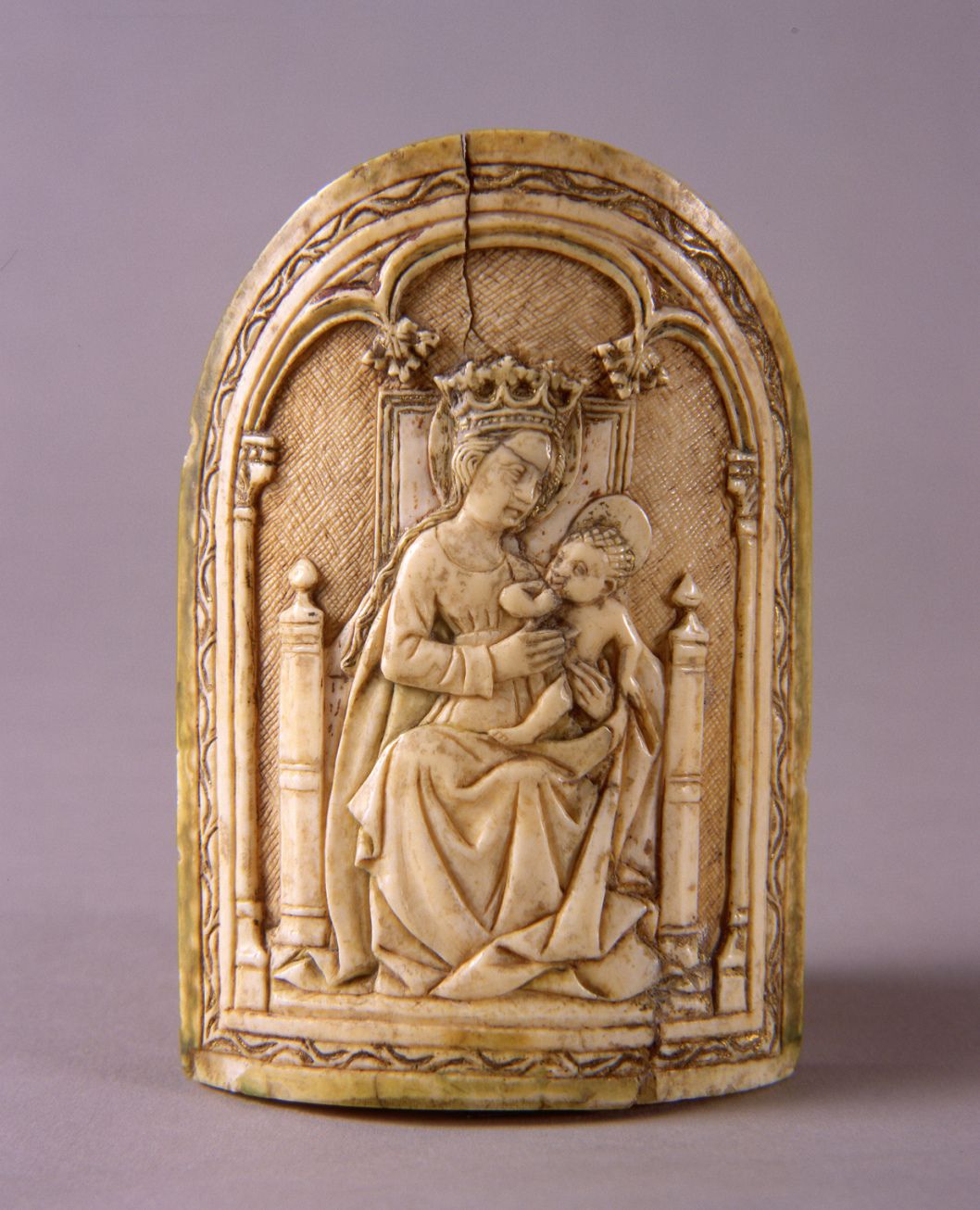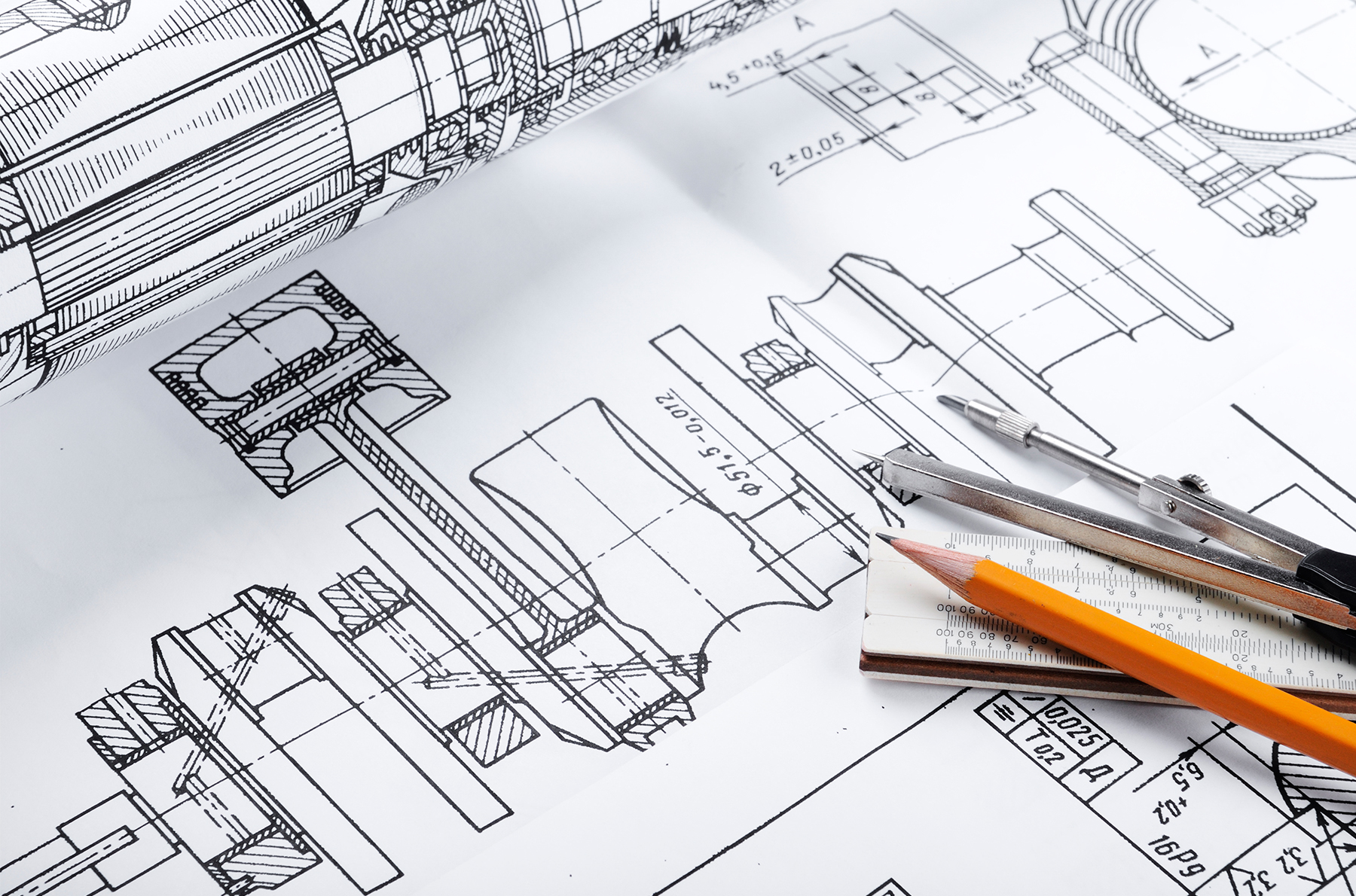Through the following post you will be able to know everything related to the so-called minor arts, also known as applied arts, which are those that have a practical use, in addition to the merely artistic. Within this group are the decorative arts and goldsmithing.

Minor Arts
In our article today we will be learning a little more about the minor arts, also known by many as the applied arts. It is one of the most interesting artistic expressions in history and involves all those arts that have a practical use, in addition to the purely artistic, in all its extension.
Within the group of minor arts we can highlight some special ones such as decorative arts, in addition to goldsmithing, however it is important to clarify that when we speak of minor arts we are referring to everything that mixes artistic elements with objects of habitual use.
Much has been said about the distinction between the so-called minor arts and the widely known Fine Arts: a distinction that comes from Greece. Although there are those who try to downplay the so-called minor arts, the truth is that this expression has been as active in history as the major arts.
So much has been the influence of minor arts that many of the prehistoric buildings that can currently be visited are framed within this artistic genre known as applied arts. A clear example of this is any Roman amphora, or some perfectly worked implements and tools left by members of pre-Hispanic civilizations.
Over the years, first during the Industrial Revolution and after a much more modern stage, the concept has been expanding its range of works. There are some scholars who claim that the visual arts, for example photography and cinema, had to be considered as a type of minor arts, while other scholars differ from this assessment.
The truth is that there are currently different branches within the minor arts, although practically each one of them stands out for not having a purely artistic origin. One of the most striking aspects of applied arts is that their functionality is very evident. Within this type of art, all forms of design stand out, or even those related to architecture.
History of applied or minor arts
In this part of our article we will walk a little through the history of the so-called applied arts or better known by many as the minor arts. To better understand the story, we are going to divide the tour into several time periods:
Origins of the concept
According to its definition, it could be said that the minor arts were already in force even from Prehistory; however, it was the Greeks who were responsible for making the theoretical distinction. The Greeks defined the Fine Arts as those that could be appreciated through sight and hearing, without physical contact.
While the minor arts, according to the Greeks, required the intervention of the rest of the senses in order to be able to understand each other precisely, that is, not only sight and hearing as in the case of the Fine Arts. Within this group, some currents could be highlighted, such as perfumery and gastronomy.
Some time later, the concept of the minor arts was acquiring new elements and taking a slight change, placing special emphasis on whether what was created had a useful use or if it was simply artistic.
Middle Ages
It is believed that it was during the Middle Ages that the minor arts evidenced their first great impulse. This impulse was due to several aspects, but one of the most outstanding was the appearance of the artisan guilds, who were in charge of creating workshops and training their workers.
Another aspect that led to the promotion of the minor arts during the Middle Ages was the appearance of the bourgeoisie, which greatly promoted the proliferation of new clients, beyond the lords or the Church. It is worth noting that during the Romanesque almost all the works maintained a religious motif.
The minor arts promoted during the Middle Ages were almost always aimed at clients who had a lot of money, so the use of some key elements such as gold and precious stones for the elaboration of this type of work was characteristic.
Textile design also gets an interesting boost during this stage. Not only for clothing, but also with beautiful tapestries for the houses or castles of the powerful. Wool and hemp stand out as the most used materials, followed by other materials such as silk and oriental linen.
In the Gothic, what is most striking without a doubt is the architecture with the construction of impressive cathedrals and temples. However, it was not only the building as such that made an impression, but more than all the decorative elements that were used to adorn this type of construction: from the stained glass windows to the sculptures.
The creation of furniture is benefited by the economic improvement, as is that of richly adorned estate.
neoclassicism
Neoclassicism was another stage in history in which the minor arts were also able to experience a great moment. From 1750 the decorative arts show an interesting boost, especially in countries like England and France.
The way of working the minor arts at this time was characterized, among other things, by being solemn, even cold. Simple, flat forms were mostly used, perhaps as a response to the earlier Rococo style, which was full of stylistic exaggerations.
Industrial Revolution
The Industrial Revolution was one of the most influential and important stages for the minor arts in general, especially because it meant the evolution from artisan manual production to industrial production. It was after the Industrial Revolution that this type of objects began to be produced in a massive way, destined for the general public.
Such was the impact caused by the Industrial Revolution in the minor arts, that during the first years of production, the interest in decoration, which initially characterized the minor arts, was practically left aside. From this time the objects become purely utilitarian.
During this stage of history, it was only wealthy people who could access handmade production, even inaugurating a trend that continues to this day: the greater appreciation of manufactured crafts compared to industrial ones.
Arts & Crafts
It was a movement that took its first steps during the 60s and 70s. Only if we analyze the meaning of its name we could understand a little about the concept of this type of objective: Arts and Crafts.
In this way, and taking into account the little value that the contemporaries of the Industrial Revolution give to the minor arts, the creators of this current strive to give them a new impetus. In this way, they tried to return to artisan work, trying to return to the traditional. For them, art should be as beautiful as it is useful, without one thing being at odds with the other.
Twentieth Century
It would be impossible to deny the impact that the XNUMXth century had on the history of art in general, and it is no exception for the minor arts. This time represented a technical and material revolution like never before seen. Design, in each of its expressions, is consolidated as the basis of applied art.
Beyond that, the mass production of objects continued to be more and more intense, but now with a clear objective: Trying to generate a greater attraction in the buyer.
Thanks to movements such as the Bauhaus and, above all, Art Deco, the decorative arts were able to establish themselves definitively within society. Art Deco was highly important until the beginning of World War II and was characterized by curved lines in graphic arts and geometric shapes in furniture.
XXI century
The minor arts continue to be influential and interesting well into the XNUMXst century. Practically this type of artistic expression continues to have the same characteristics and importance.
As has been the case for some years, objects created at an industrial level, although they are certainly very beautiful and attractive, differ from those made by hand, which are given much more importance. Only a couple of architectural styles, high-tech and deconstructivism, have broken the legacy of the previous century, with the predominance of so-called post-modern art.
Most representative types of applied arts
In this part of our article we are going to know some of the most outstanding categories that exist within the so-called minor arts:
Architecture
Although it is true that a large part considers that architecture should not be described as a minor art, its undoubted double function cannot be denied: aesthetics and utility.
Fashion design
Fashion design has become for several years now one of the most interesting and important types of minor arts in history, especially since the XNUMXth century, when it began to have a greater influence. We must differentiate between mass-produced clothing and models prepared for the catwalks, much closer to the concept of applied art.
Graphic Design
Graphic design could be considered one of the most recent additions to the category of minor arts. It is one of those that has made the most of new technologies.
Industrial design
It is one of the most representative types of minor arts. It is the design of industrial production, which continues to find ways to be much more attractive in order to attract the attention of buyers.
Engraving and crafts
Cataloged among the plastic arts, there is still no consensus on whether to consider them among the minor arts, but despite this, many believe that they are due to their characteristics.
Advertising
Although it is true that it corresponds to one of the most recent minor arts, its impact is still interesting. It is described as a type of minor arts because the elements used in this type of expression are full of attractive artistic aspects in a way that powerfully attracts the attention of the receivers and makes the message be transmitted as efficiently as possible.
Photography
It is important to clarify that a good part of creative or artistic photographers disagree with photography being included as a type of minor arts, however more and more theorists dare to include this expression within the applied arts. . This is due to the fact that photography has a clear functionality as a tool to record situations and different contexts.
You might also be interested in the following articles:



